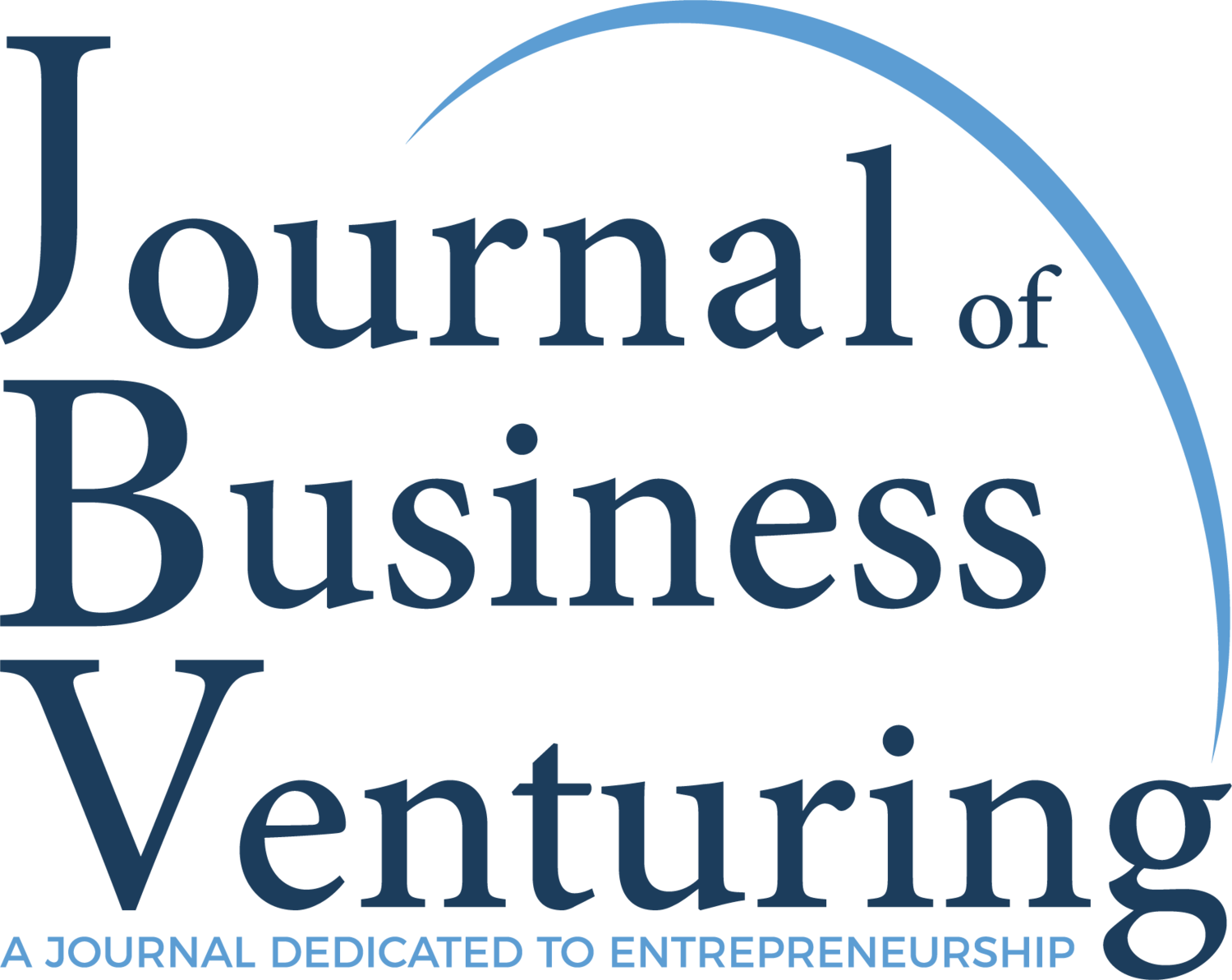From a monopoly to entrepreneurial field in South Africa
Research Paper Title:
“From a monopoly to an entrepreneurial field: The constitution of possibilities in South African energy”
Authors:
Panos Constantinides (Alliance Manchester Business School)
Mira Slavova (Warwick Business School)
Background:
Entrepreneurship in regulated, monopoly markets is challenged by powerful incumbent actors, who use their ties to regulators to maintain their position in the market. However, these incumbent actors cannot maintain their positions forever as they are exposed to multiple and sometimes conflicting demands from both the regulators and their customers, while also dealing with legacy technologies and financial challenges. Although previous research has produced explanations of how incumbent and entrepreneurial actors resolve conflicts and achieve consensus, more recent research has called for a need to examine entrepreneurship where agreement cannot be achieved and meanings of market frames remain contested.
Methodology:
Sample: Data from multiple sources including archival records and interviews with different actors in the South African energy field. Archival data included publicly available documents, scholarly articles and business cases on South Africa's energy field, as well as white papers produced by Eskom, but also other actors such as technology providers, and independent power producers. The researchers also used collected media articles on announcements, commentaries and analyses of the launch and deployment of the REIPP programme in local newspapers, websites and TV channels.
Sample Size: 60 interviews with different actors in South Africa's energy sector, conducted in three phases over three consecutive years
Analytical Approach: Longitudinal qualitative case study in the South African energy field from 2007 to 2018
Proposition:
The researchers focused on events in the ten years that followed the first crisis in 2007-8. They defined this period as the start of the shift towards liberalizing energy generation and, therefore, the beginning of the constitution of possibilities for different actors. In the analysis, the researchers kept themselves in the ‘middle of the action', a position that is consistent with the performativity perspective. They observed and analyzed the emerging constitution of possibilities as those were happening. Also, findings from the chronology of events, interview analysis, and insights from data were analyzed in Nvivo to identify key subthemes and theoretical themes in the data.
Results:
The study shows that both included and excluded practices can generate possibilities in a field, albeit at different scales.
The researchers show that the congruence and incongruence of discursive-material practices are generative of complementary and competing possibilities respectively.
As a field transitions from tight control and regulation to an open market driven by entrepreneurship, congruent practices become incongruent through competition.
Conclusion:
The process model created contributes to entrepreneurship research by examining the frames that organize field actors' discursive-material practices. Each frame binds actors to certain practices while blinding them to others. Such inclusion and exclusion culminate into critical events where some actors begin to contest previously dominant practices. New frames are added to existing ones, organizing new sets of practices that complement and compete with existing possibilities within a field.


